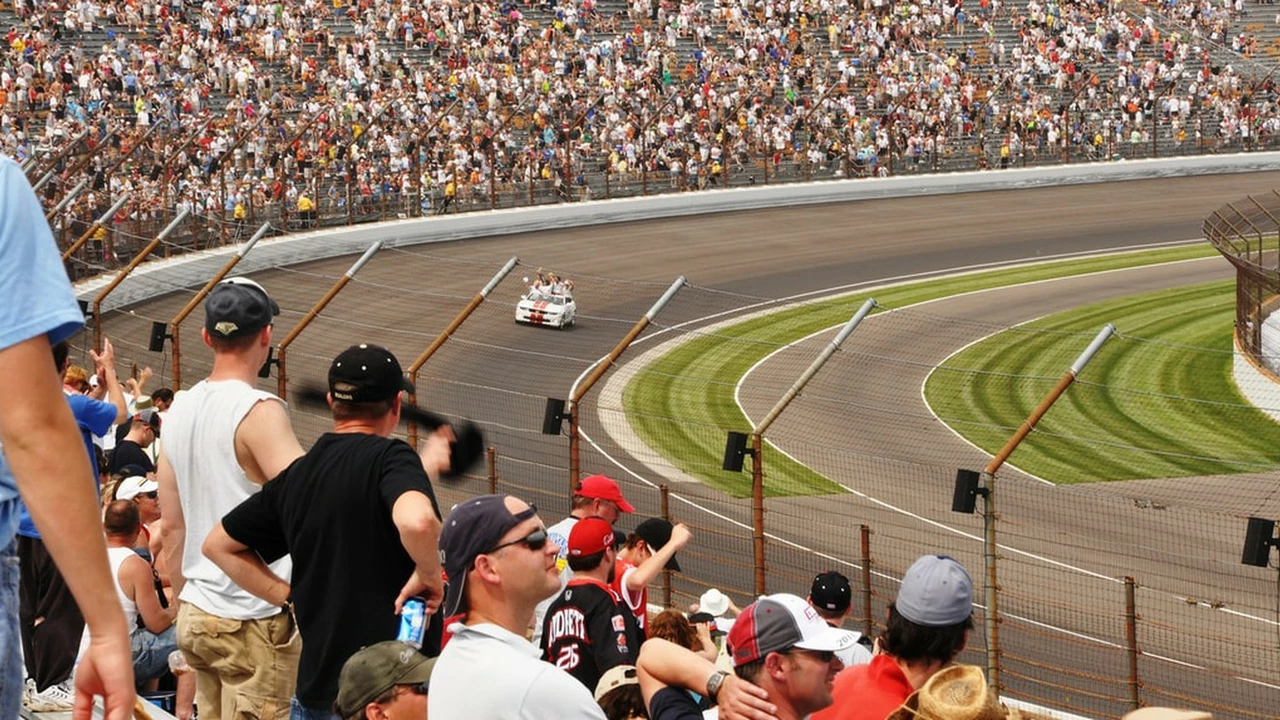Race Strategy: Simple Tips to Boost Your Motorsport Performance
When you step onto the track, speed isn’t the only thing that matters. A solid race strategy can turn a fast car into a winner. Below are easy‑to‑follow ideas that help you plan each lap, manage the pit, and stay ahead of the competition.
1. Know Your Track and Weather
Every circuit has its own rhythm. Look at the corners, straight‑aways and surface grip before the weekend starts. If the forecast calls for rain, have a wet‑tyre plan ready – a quick switch can save minutes. Use past lap data to spot where you lose time and where you can push.
2. Tyre Choice and Management
Tyres are the most important consumable on the car. Decide early whether you need soft for early speed or hard for a long stint. Monitor tyre temperature and wear during each lap; a drop in grip signals it’s time for a change. Many teams use a staggered approach – start on softer compounds, then move to harder tyres as fuel lightens the car.
Fuel load follows a similar logic. Too much fuel makes the car heavy; too little forces an early pit. Calculate the optimal fuel amount for each stint based on the lap count and expected consumption. Modern data logs can give you a per‑lap fuel figure to fine‑tune the plan.
3. Pit Stop Planning
A pit stop is more than just a tire swap. Combine tyre change, refuel, and any quick adjustments into one seamless action. Practice the pit lane entry and exit to shave off seconds. Draft a pit stop window that avoids traffic – pitting when the leaders are on a different strategy can give you a clean track.
Don’t forget the human factor. Keep the crew calm, give clear signals, and rehearse emergency protocols. A well‑drilled team can execute a stop in under three seconds, which often makes the difference between a podium and a mid‑field finish.
4. Driver Changes and Stint Length
In endurance races, driver swaps are crucial. Pair drivers with complementary strengths – a fast starter paired with a consistent night‑time driver. Keep stint lengths even to avoid fatigue and maintain a steady pace. Use a short debrief after each swap to share track observations and adjust the plan.
5. Real‑Time Data and Adjustments
Even the best pre‑planned strategy needs flexibility. Track temperature, wind, and on‑track incidents can change the game in seconds. Use telemetry to watch lap times, braking points, and fuel usage live. If a competitor pits early, consider an under‑cut to gain track position. Conversely, if you’re stuck behind slower traffic, an over‑cut with fresh tyres might let you jump ahead.
Stay in communication with your engineers. A quick “we’re losing grip at Turn 5” can trigger an early tyre swap before the problem worsens.
6. Common Mistakes to Avoid
Running out of fuel because you over‑estimated a stint is a rookie error – always keep a safety margin. Ignoring tyre wear until it’s too late costs precious seconds. Over‑aggressive pit timing can drop you into traffic, erasing the advantage you gained. Finally, don’t let a single bad lap ruin the whole plan; reset, stick to the strategy, and look for the next opportunity.
Remember, a race is a marathon, not a sprint. Small, smart decisions add up, turning a decent performance into a winning one. Use these tips, adapt them to your car and track, and watch your results improve lap by lap.
How does the Indianapolis racing line work?
- Landon Speedwell
- on Jul 19 2023
- 0 Comments
The Indianapolis racing line, or "the line," as it's often called, is a unique path that drivers take to achieve the fastest lap times on the Indianapolis Motor Speedway. Essentially, they try to straighten the four turns as much as possible, turning on and off the track's banking to maintain their momentum. It's a mix of skill, speed, and strategy, with drivers constantly adjusting their line based on track conditions, traffic, and their vehicle's performance. It's a fascinating element of the race, kind of like a high-speed chess match on wheels. Learning about it has certainly deepened my appreciation for the skill involved in racing.
